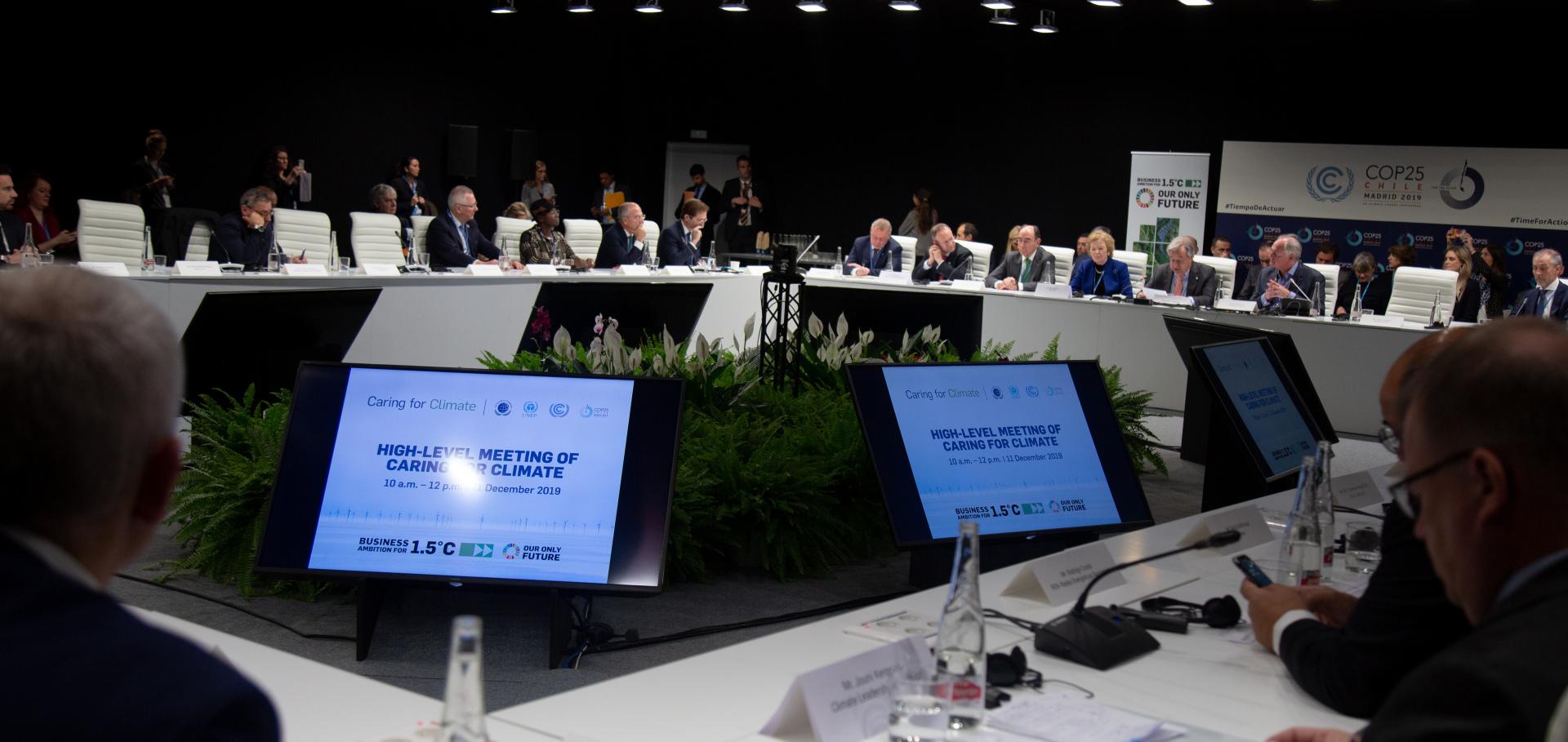In California in July 2021 when outside temperatures rose to levels far above normal, issued were what is called “Flex Alerts.” A “Flex Alert,” in effect, is an advisory issued to warn the interested population of the possibility of electrical blackouts, that is, absent individual conservation efforts being taken. This could apply both to the residential and commercial sectors alike.
In Fresno County where I reside, on those days when the “Flex Alerts” are issued, the times specified for such were from 4 p.m. to 9 p.m. Why this time slot? Simple: This is during the time when the energy supply typically sees its greatest daily demand.
Heat transfer
In the world of electronics there is something known as heat transfer. Since energy can neither be created nor destroyed and only changed, the idea behind heat transfer is to move heat from one body (or medium) to another.
For example, in high-voltage transmission cables, when electricity is flowing through such, the flow of electrons is essentially the basis for that electricity flow. The associated voltage applied acts as the pressure to push those inside-the-cable-electrons along. Add to this flow resistance on account of electron bunching (which typically occurs along said cable’s outside edges, a condition that results in energy loss in the form of heat). The greater the resistance, the more the cable-generated heat buildup.
If that heat which builds up cannot be efficiently dissipated (as in being transferred to another medium such as to the surrounding air), the greater the likelihood of an overload and therefore an interruption in service.
Potential energy waste
So think of the electrical appliances located throughout the home like the washer, dryer, dishwasher, oven/stove, refrigerator, iron, television or hair dryer (the so-called bigger energy users or consumers) and their impact on the electrical-distribution (grid) system.
With the exception of the fridge (refrigerators run 24/7/365), usage times for each of the above-listed others can be planned. The oven/stove typically sees its greatest amount of use in the evening, that is, in cooking the dinner meal which happens to be the time of greatest energy demand.
Now, during the time of day when summer temperatures reach their peak, and under excessively hot conditions especially, this can result in said appliances having to work harder and, this being the case, there is potential for greater waste.
Also, depending on the numbers of these appliances in use at any given time, the more ovens/stoves used, the greater the demand on the electrical supply (if electric) or natural gas supply (if natural gas) and therefore the higher the cost related to device use and, by virtue of this, the more damage to the air there is all from the higher demands placed on the energy supply at the generation site, which can also be referred to as “upstream consequences.”
The work-around
For starters, appliance efficiency can make a huge difference.
Next, there is time of use. It may be of help to plan cooking during the morning hours if time permits, these hours within the lower-energy-use periods. If dinner-designated, once refrigerated, then later at the appropriate times, these can be reheated via oven, stove, microwave oven, etc. Such action can cut down on energy-use expenses, thereby allowing for greater amounts of money and upstream air (at the generator source) to be saved. The same sort of thing could apply to early-morning dishwasher use.
So, to recap, time of appliance use and appliance efficiency can make a tremendous difference when it comes to energy savings. What about appliance selection? Yes, that can provide advantage too.
How so?
Using the rice cooker as a prime example, once the rice is fully prepared (involving soaking, stirring and rinsing beforehand and the proper amount of water used for boiling/steaming then added), upon depressing the cooking container on-off button to “on,” it pretty much becomes a “hands-off” operation from there on out.
Compare this to cooking rice in a pot on the stove top. This method involves human intervention, monitoring and burner control. It’s important to note that one moment’s inattention can result in water in the pot boiling over thus requiring human intervention and monitoring in the form of burner or heating-element control.
The former versus the latter, it could very well be that the cooking process of the rice cooker versus that of the stove-top cooking method takes less energy. And, the rice cooker is but one example.
As to the “Flex Alerts” mentioned at the beginning, during those times when the warnings were in effect, on the grid supply that fed my home and others in the neighborhood I live in, blackouts were avoided. It is good to know that, with the excessively and oppressively high temperatures encountered, the energy conscious practiced conservation measures. Imagine the savings in energy, money and, yes, in air also, if said conservation practices became routines.
– Alan Kandel
Copyrighted material.
